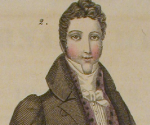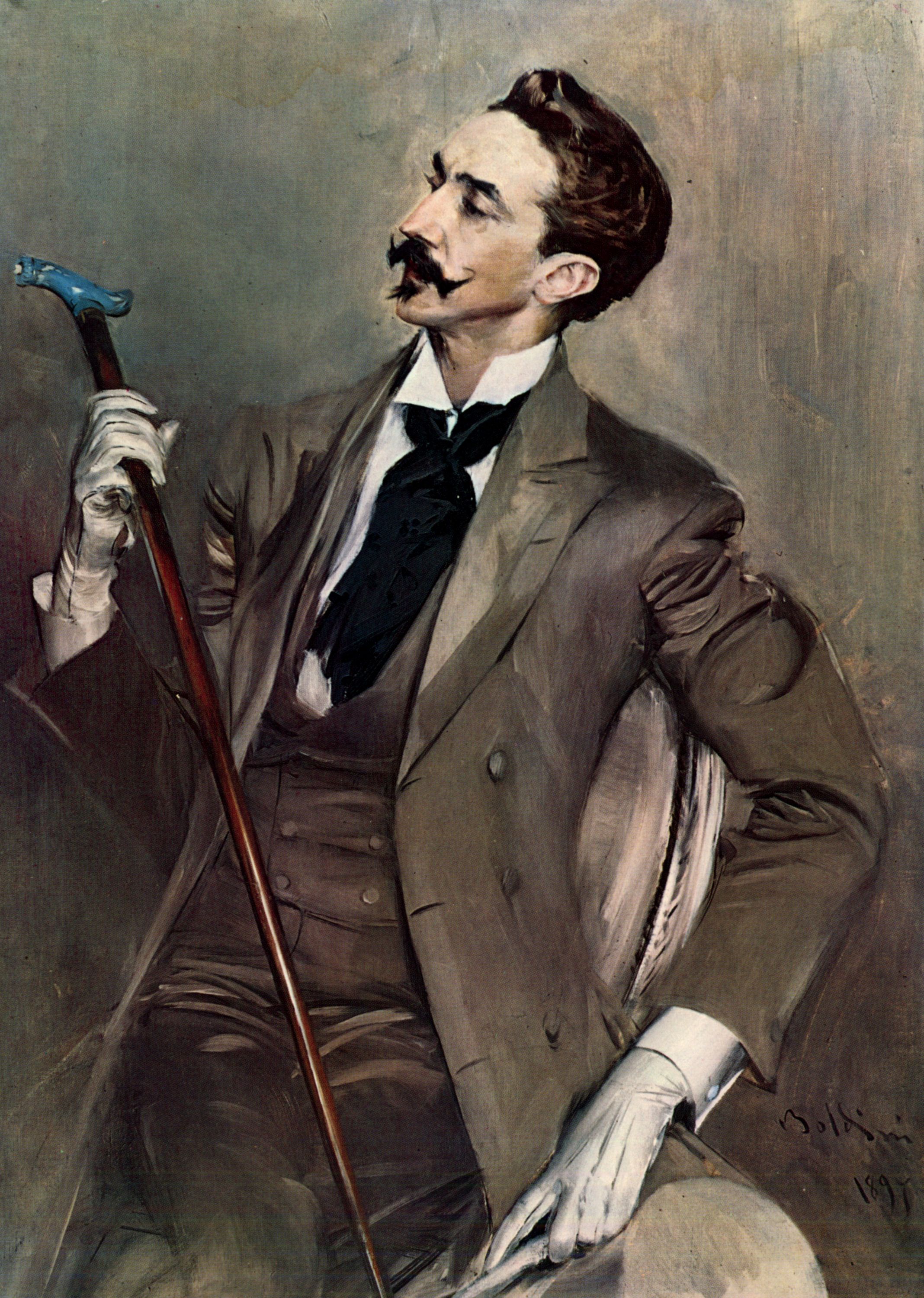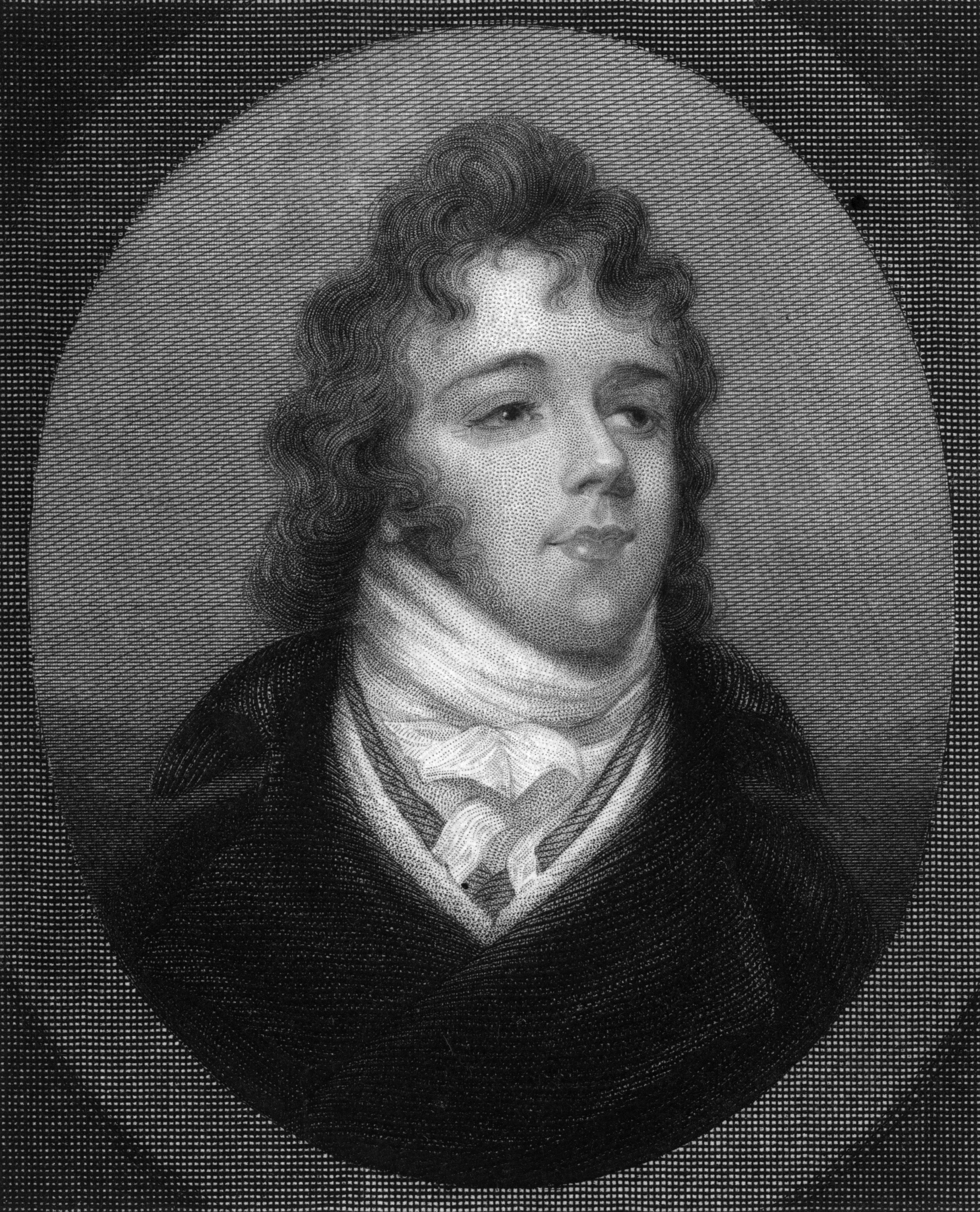The Handy Dandy, Dandy
by Joshua Katcher
 What did Beau Brummell, Lord Byron, Oscar Wilde, and Balzac's Henri de Marsay all have in common? They were "metrosexual" before the 20th century. They were "hipsters" before Williamsburg Brooklyn, Studio 54, and the sub-culture explosions during the last half of the 20th century. A traditional dandy was basically a dude who took care of his physical appearance meticulously and with intention. Like Brummel's famous trousers, his abandonment of the wig and powder, and his more subtle yet careful appearance which led to what we consider classic menswear, he set fashion trends. Grooming, dressing, and accessorizing paired with a taste for intellectualism, leisure, and an air of stoic, collected, self-assurance may have been one of the first cultural attempts of what we now consider being "cool". Often, the dandy aimed to infiltrate the upper-class, typically having been born into middle-class families. Blending-in with aristocrats, and being artists or poets, like Charles Pierre Baudelaire, gave the dandy a political edge and helped break down class separation, but some (usually those whose positions of power they threatened to acquire) accused the dandy of simply worshiping the self, or making a religion out of aesthetic hedonism. For Oscar Wilde and Lord Byron, who would have been the subjects of gossip rags today, the status of the Dandy required an audience and certainly laid the groundwork for our modern celebrities.
What did Beau Brummell, Lord Byron, Oscar Wilde, and Balzac's Henri de Marsay all have in common? They were "metrosexual" before the 20th century. They were "hipsters" before Williamsburg Brooklyn, Studio 54, and the sub-culture explosions during the last half of the 20th century. A traditional dandy was basically a dude who took care of his physical appearance meticulously and with intention. Like Brummel's famous trousers, his abandonment of the wig and powder, and his more subtle yet careful appearance which led to what we consider classic menswear, he set fashion trends. Grooming, dressing, and accessorizing paired with a taste for intellectualism, leisure, and an air of stoic, collected, self-assurance may have been one of the first cultural attempts of what we now consider being "cool". Often, the dandy aimed to infiltrate the upper-class, typically having been born into middle-class families. Blending-in with aristocrats, and being artists or poets, like Charles Pierre Baudelaire, gave the dandy a political edge and helped break down class separation, but some (usually those whose positions of power they threatened to acquire) accused the dandy of simply worshiping the self, or making a religion out of aesthetic hedonism. For Oscar Wilde and Lord Byron, who would have been the subjects of gossip rags today, the status of the Dandy required an audience and certainly laid the groundwork for our modern celebrities.


But was there something revolutionary (or at least subversive) about the rise of the dandy? Here was a society of bloodline aristocrats and the bourgeois whose main identifier was the way they looked and the activities they participated in, that was suddenly being threatened by stealthy, self-made, middle-class individuals armed with art and poetry and philosophy and dangerous politics who dressed well! Their prowess was "based on nothing at all" as J.A. Barbey d'Aurevilly observed about their genetic inheritance in 1845, but for French-revolution dandies who hung out in the bohemian quarters, they were celebrated for being radicals and breaking traditional boundaries designed by the bourgeois. They aimed to exude contempt for bourgeois society by imitating their dress code. The rock-stars of the late 1800's were dandy poets whose subversive lyrics had incredible social impact.


Being a dandy can come in handy - especially if you have a political agenda. This scenario often makes me wonder what would happen if everyone showed up to a massive protest in a suit and tie (as opposed to cargo pants and slogan tee-shirts). The police would certainly be confused and the politicians would certainly feel threatened that the most obvious thing separating them from those at the bottom of the ladder was no longer there. Don't get me wrong, I completely understand why so many people want nothing to do with (never mind mimic!) those in power. But within this scenario, we can see the power that fashion has in the realm of visual communication. There is a mainstream visual hierarchy that we play right into by not giving a crap about appearance. On a level of self, this is fine, but if your aim is to influence others and communicate with the mainstream, it helps to put your message in a handsome package that gives it a better chance of being listened to.


Looking good and kicking ass is stuff of myth, but James Bond doesn't own the idea. So put on a tie and go save the world, already! And also check out the amazing and hilarious Yes Men who use the suit to subvert: